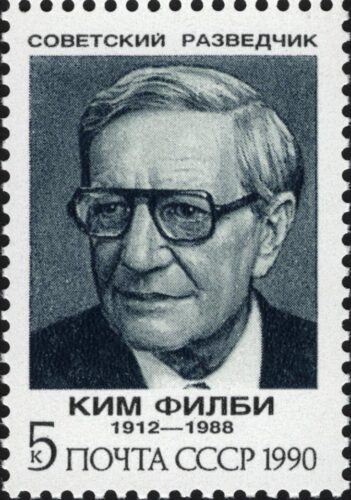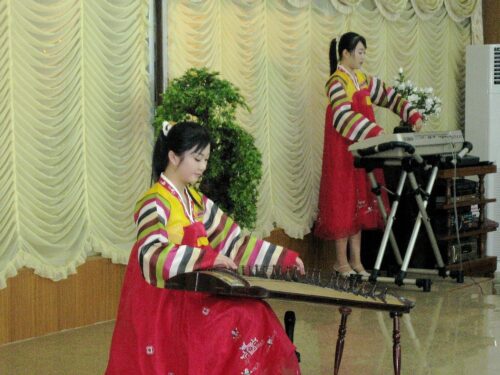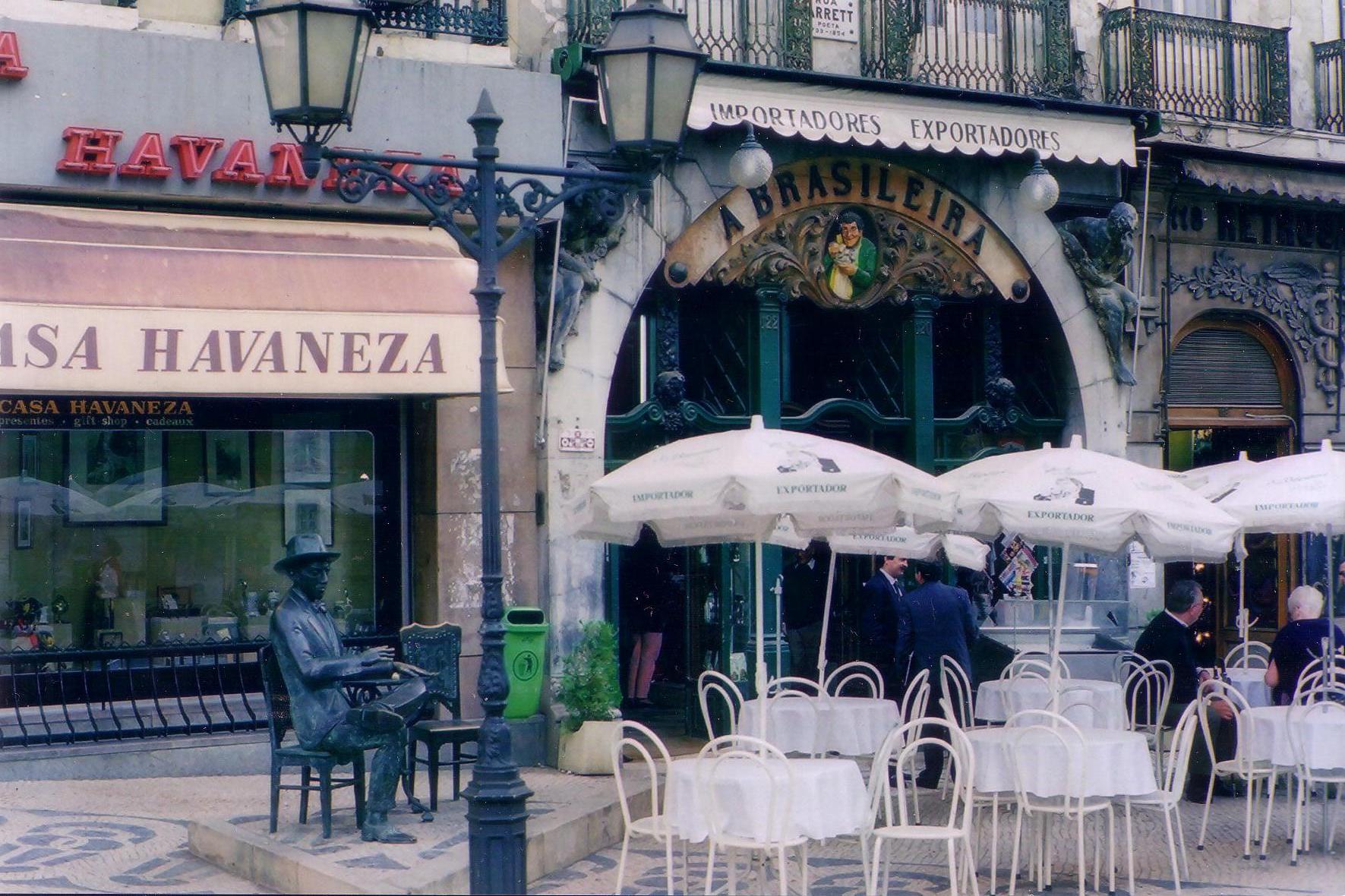Café A Brasileira in Lisbon, where British double agent Kim Philby met with his Soviet handlers. Credit: DIMSFIKAS / CC BY-SA 3.0 DEED.
Espionage, or the act of obtaining secret or confidential information, is a practice as old as civilization itself. Over the years, the methods and techniques have evolved, but one aspect has remained surprisingly consistent: the use of public spaces, particularly restaurants and cafés, as key locations for clandestine meetings and information exchanges. In this article, we will take a look at the intriguing intersection of gastronomy and spycraft.
The Lifeblood of Espionage
Restaurants and cafés have been the meeting places of spies, informers, revolutionaries, and conspirators for centuries. Restaurants and cafés enable espionage in many ways. These establishments provide an ideal setting for spies to meet contacts with access to valuable information. The reasons are manifold. They are public spaces, which reduces the risk of arousing suspicion. They are typically noisy, making it difficult for eavesdroppers to overhear conversations. And they offer a plausible reason for two individuals to meet.
Fact Imitating Fiction
The use of restaurants in espionage is not just confined to the real world. They feature prominently in fictional spy thrillers as well. The Hollywood image of international spies meeting in exotic eateries is not far from the truth. In fact, life often imitates art in the world of international intrigue. The specifics of how restaurants are used in espionage are often kept secret due to the sensitive nature of these operations.
One of the most famous cases of a restaurant being used for espionage took place during World War II. The Duquesne Spy Ring, which is the largest espionage case in the United States history that ended in convictions, involved agents who were placed in key jobs in the United States to get information that could be used in the event of war and to carry out acts of sabotage. One of these agents opened a restaurant and used his position to get information from his customers. The Duquesne Spy Ring was the most sophisticated Nazi German espionage operation in the United States. The ring was brought down after a lengthy investigation by the FBI.
Another famous case involving a restaurant was that of the Cambridge Five. British double agent Kim Philby met with his Soviet handlers in Café A Brasileira in Lisbon and passed on secrets from SIS/MI6. Philby was one of the Cambridge Five, a group of spies in the United Kingdom who passed information to the Soviet Union during the Second World War and the early years of the Cold War.

The Cambridge Five was active from the 1930s until at least the early 1950s1. None of the known members were ever prosecuted for spying. The group consisted of Kim Philby (codenames Sonny, Stanley), Donald Maclean (codename Homer), Guy Burgess (codename Hicks), Anthony Blunt (codename Johnson), and John Cairncross (codename Liszt). They were recruited by the NKVD during their education at the University of Cambridge. They believed in the Marxism–Leninism of Soviet communism and saw it as the best defense against fascism. They pursued successful careers in branches of the British government and passed large amounts of intelligence to the Soviets.
More Than Just Meeting Places
Restaurants serve more purposes than just being meeting places in the world of espionage. An example is North Korea’s global network of state-run restaurants, most of which are in China. These restaurants are dens of espionage and sites of operations involving overseas North Koreans. These establishments are used to send the regime in Pyongyang more than $100 million in hard currency annually. The regime’s military intelligence agency, the Reconnaissance General Bureau (RGB), operates the restaurant chain through its Bureau 39, the hard currency collection unit.

The Art of Deception
Restaurants also employ spycraft themselves to win over food critics. Food critics can make or break a restaurant. When a food critic walks into a restaurant, the operation looks more like an intelligence agency than a place of hospitality. Restaurants have been known to create dossiers complete with critics’ seating preferences and alcohol tolerances, offer bounties for positive identifications of food critics, and bring in dining regulars to say nice things near critics. There have also been cases of recipe espionage in the restaurant industry,
Espionage Techniques
Espionage techniques used in restaurants and cafés range from traditional methods to more modern approaches. Here are some of the most common techniques:
1. Dead drops: This is a method where an item or information is left in a secret location for another agent to collect. This reduces the risk of direct contact between the agents. It is not uncommon for dead drops to be made in public places, such as restaurants.
2. Brush passes: This is a brief encounter where something is passed between a case officer and an agent. Restaurants and cafés, with their bustling environments, make ideal locations for brush passes.
3. Signal sites: Agents use signal sites to communicate with each other. A signal could be something as simple as a mark on a wall or a specific item placed in a window.
4. Clandestine meetings: Agents often need to meet in person to exchange information or items. Face-to-face meetings can be risky. Restaurants and cafés provide a public, yet private enough location for these meetings. They are places people can meet without raising suspicion. Sometimes the meetings are accidental, but most
Final Thoughts
The role of restaurants and cafés in espionage is significant and multifaceted. They serve as meeting places, sources of income, and even tools of deception. So, the next time you dine out at your favorite restaurant or enjoy a cup of coffee at your local coffee shop, spare a thought for the intriguing world of spycraft that might be unfolding right under your nose. Bon appétit!
*The views and opinions expressed on this website are solely those of the original authors and contributors. These views and opinions do not necessarily represent those of Spotter Up Magazine, the administrative staff, and/or any/all contributors to this site.

